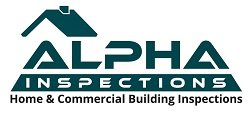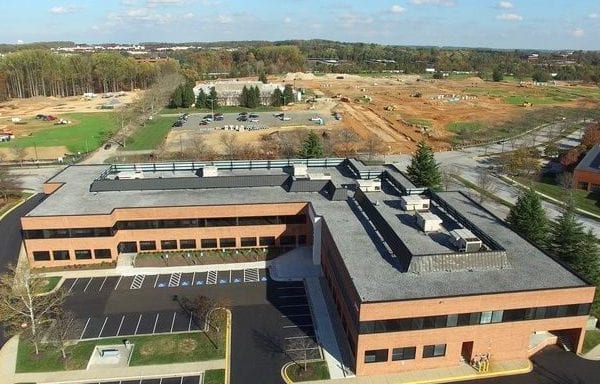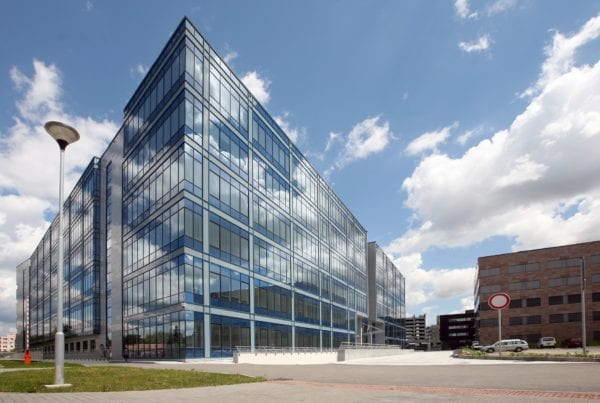
Buying a commercial property is exciting! Planning the design, tenants who will occupy the building, and the people walking in and out of the doors is thrilling. In addition, hopefully, you will also have additional income with this building. With all of this excitement and visuals, have you thought about radon testing? Radon is a colorless and odorless gas that is everywhere around us, even though we can’t see it. Unfortunately, due to geologic conditions such as rocks and soil below buildings and homes releasing the toxic gas, levels in certain parts of the country can be high and dangerous as it accumulates. As the buyer of a building, responsibility is to make sure the future occupants are safe, and the levels are low and the only way to do that is through radon testing. Let’s look at four reasons to radon test a commercial property.
1. Radon Levels Are High in the Northeast
The EPA map below shows the “hot spots” for radon levels in the U.S. One of those is in the Northeast. All the red zones have higher levels of radon determined by radioactivity, the parameters in soil, geology, and foundation types. In addition, most rocks and soil have uranium that breaks down naturally. However, sometimes when it breaks down further, radon lets out particles that are atomic. Ultimately, once the particles get into our lungs, the cell DNA alters and can cause lung cancer or death. Unfortunately, you can’t put a detector on the wall to detect it, a test needs to be conducted and a professional can do this for you. Buying a commercial property, especially in this area, is a good reason to test for radon As an owner of a commercial property, having the occupants’ health in mind is a priority.

2. Home Inspectors Are Trained to Test for Radon
This is not something you need to do on your own! Fortunately, home inspectors can be trained to test for radon in homes and commercial buildings so you have help! One type of system that home inspectors use is Sun Nuclear 1027 . The test is easy for the inspector to set up and it records for 90 hours. This is much longer than a test a consumer can purchase, which is a good thing as it produces more accurate results! The inspector will place the test on the lowest livable level of the building, as this is usually where the levels will be the highest. The test is a little over 3 days and the company provides a results report and recommendations of what to do next.
3. Radon Test Results Are Quick
The test has a quick turnaround for results. If the test comes back with over 4.0 pCu/L, the EPA recommends mitigating the high levels of radon in the building. Often, opening up the ventilation in the building with a radon mitigation system will work and the system will use a fan to pull the air that is in the soil. Then, the system will send the air outdoors through a pipe. In addition, sealing the foundation to limit the amount of radon that flows in the building will make the system work better. There are various systems that a professional may recommend, depending on the structure and the levels.
4. Protecting Our Future
Protecting the occupants of the commercial property, and children are the moral and legal responsibilities of the property owner. High levels of radon can lead to various cancers, respiratory issues, and death. If you are unsure of radon testing, know that it can also be a selling point for future occupants. People will have a peace of mind about the building they are leasing space in. A radon test by a professional is not expensive and is worth every penny to save the lives of others. Have you had a radon test on a commercial property or have questions about the process? Please leave us a comment!



